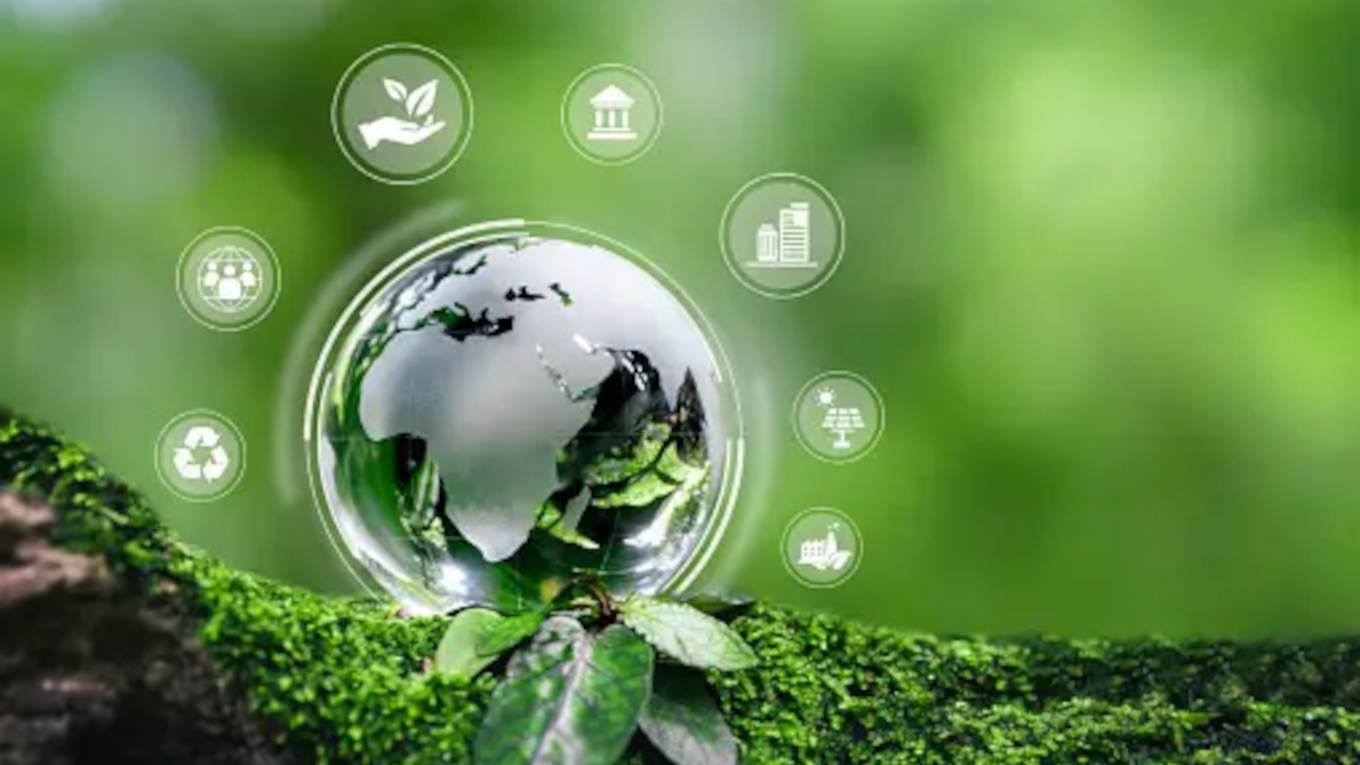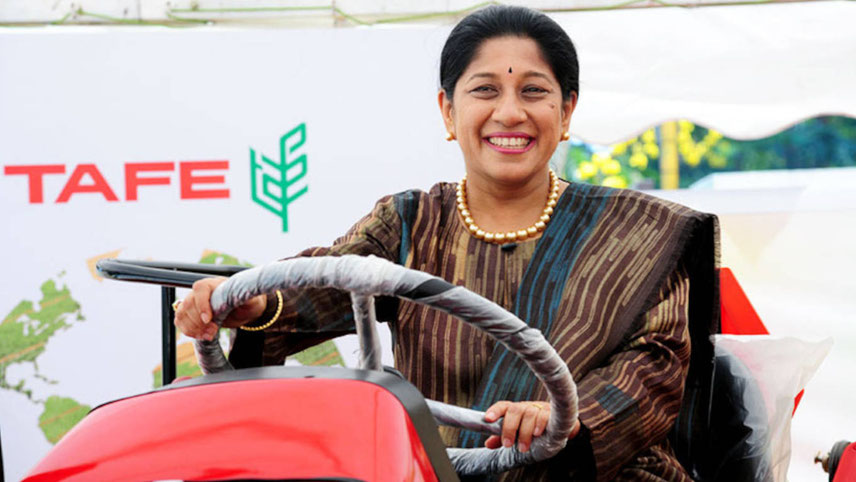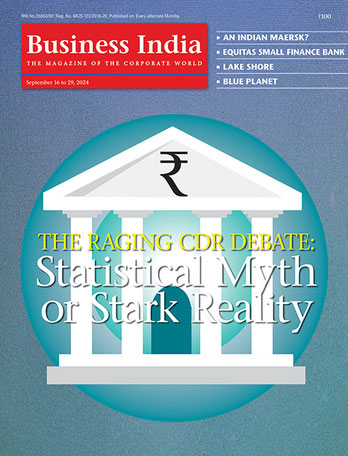
The global transition towards ‘Net Zero’ low carbon economy faces a monumental challenge. The chasm between financing required to combat climate change and resources deployed is vast. This chasm is not just about insufficient funds, but also uneven distribution of investments across a handful of countries and technologies. The key to unlocking full potential, therefore lies in redirecting attention towards emerging markets, with the highest decarbonisation space. The global climate financing gap: Currently, global efforts to combat climate change are marred by significant shortfalls in financing and investment flows. This inadequacy poses a substantial obstacle towards implementing large scale solutions critical for accelerating the transition towards low carbon pathways. Despite concerted efforts and commitments, the existing financial resources remain disproportionately concentrated in select nations and technologies, creating a skewed landscape. According to the UN, the annual investment required to meet global climate goals stands at approximately $3 trillion, a figure that far exceeds current commitments. Shockingly, a mere 10 countries receive around 75 per cent of the total climate finance, leaving the rest of the world struggling to secure necessary resources. As a matter of fact, India alone, currently faces $100-150 billion financing gap each year to meet its NDC commitments, outlining a clear opportunity for redirecting growth capital. Empowering emerging market economies: Untapped potential: Emerging market economies possess a unique advantage -- they are positioned as the vanguards of development and growth while boasting a high potential for decarbonization. The International Finance Corporation (IFC) estimates that investments in clean energy and climate-smart technologies in emerging markets could reach $23 trillion by 2030. Harnessing the potential across emerging markets can serve as a game-changer in bridging the financing gap. Their active development and burgeoning growth profiles offer a ripe opportunity to tap into the global financing pool. As an exemplar, while the world looks at tripling its renewable energy capacity addition, India has already doubled its capacity on renewables over the last five years, showcasing a global lighthouse opportunity, for similar impacts in other emerging markets. Further, studies show that every dollar invested in clean energy across emerging markets generates about three times more jobs than in developed economies signalling the potential for just transitions and all-round socio-economic growth. Outlining appropriate financing models to carve-out unlocks: For technologies and solutions to flourish on a mass scale within emerging markets, the formulation of robust commercial models is imperative. These models need to encompass not only innovative solutions but also sustainable and scalable financial structures. Further, financing models tailored to local context for example, bringing in blended finance opportunities for partially viable projects, demand aggregation or market transformation models (urban and commercial lighting and cooling solutions, motors and thermal decarbonisation solutions for MSMEs), capex into opex models (or energy as a service applied for solar rooftops, electric mobility, solar cold-chains), or be it guarantee-backed instruments for upcoming technologies (for example across compressed biogas, green hydrogen, waste to energy or direct air capture) or topped with pre-financing of carbon credits or payment for ecosystem services (for landscape restoration, wetlands, nature-based solutions) or others innovative instruments (like extended moratorium for agro-forestry or long gestation projects) etc. have demonstrated, that if structured well, low carbon and green solutions can be significantly scaled up. India for example, with its energy as a service model, has implemented one of the largest lighting programs globally, also has accelerated energy transition of small and medium enterprises with its National Motor Replacement Program etc. Also, the roll-out of climate friendly financing models and bankability of solutions can be significantly enhanced by tapping into low cost high impact resource raising by way of green bonds, blending with catalytic philanthropic capital etc. India for example, has seen great traction recently on the issuance of green and social bonds, providing viable financing alternatives for climate projects.



































